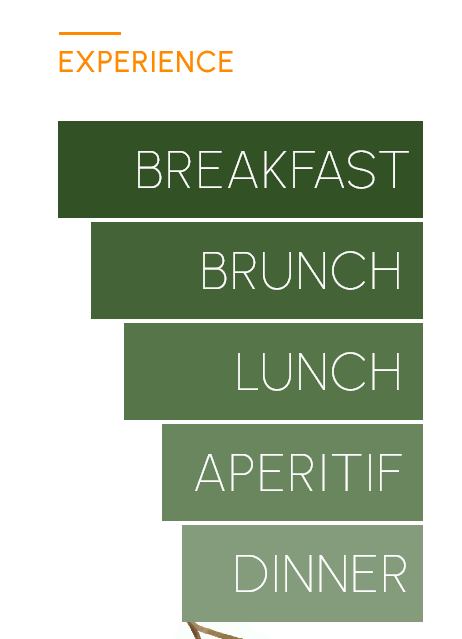Salve a tutti,
sarei interessato a capire quale è la migliore soluzione per creare dei link con differenti larghezze e colori come da screenshot in allegato
ho creato le ul li a e adesso hanno la stessa larghezza con un unico fondo verde, vorrei trasformarli (come in allegato)
con Nth child? o ce un altra soluzione?
Grazie mille ragazzi e buona giornata



 Rispondi quotando
Rispondi quotando




